Provenance: Conde de la Cortina Collection, Xalapa, Mexico.
This pair of landscapes is part of the Spanish School of the first half of the 19th century, with a clear Romantic affiliation. Both demonstrate a knowledge of the Dutch classical landscape, one of the main influences on the Spanish Romantic landscape. Thus, we observe "V" compositions, closed at the sides and open in the center, very low horizons that allow a wide development of the sky, spaces constructed in depth from successive planes subtly differentiated by light and color, and small figures perfectly integrated into the natural setting. Furthermore, the skies are scenic and effective, with low clouds behind which filters the golden light characteristic of the classical landscape. One of the most radical aspects of Romantic painting was the attempt to replace large canvases with historical or religious themes with landscapes. They wanted pure landscapes, almost without figures or completely devoid of figures, to achieve the heroic significance of historical painting. They based their work on the idea that human feeling and nature should complement each other, one reflecting the other. In other words, the landscape should arouse emotions and convey ideas. Thus, landscape painters like the author of these paintings tried to express their feelings through the landscape, rather than imitating it. Romantic landscapes had two main aspects: the dramatic aspect and the aspect of nature. Indeed, the artist's own use of light conveys a misty, cloudy, and dreamlike atmosphere that invites the viewer to meditate and contemplate the landscape. The Romantic landscape, however, is made up of very diverse manifestations that are not comparable with each other; it does not affect all national schools in the same way, remaining more faithful to tradition in schools such as the French or Dutch. Thus, in this canvas, we do not find the grandiose British and German settings, the steep mountains or the monumental Gothic ruins. On the contrary, it is a flat landscape, very horizontal despite the vertical elements that close the sides in the foreground, endowed with a soft dynamism determined by the hills and the moving clouds. The most typical elements of the Romantic landscape do not appear, such as the hostile climate or the Gothic ruin, although there is a clear separation between the foreground and the background, which reinforces the scenographic character derived from the effectiveness of the lighting. The typical perspective, very marked, in the form of an abyss, is also used, complemented by a slight confusion of the points of view. Thus, the grandiloquent perspectives of the 18th-century veduta are here applied to a sober landscape, which nuances the scenographic construction of the landscape, so typically Romantic. Despite these local differences, in this romanticism contained in the form, we nevertheless find a clearly poetic content, which goes beyond the simple representation of nature to depict nature as a reflection of the author's feelings, melancholic and dark, extremely solitary. -
Dimensions: 66 x 80 cm; 74 x 87.5 cm (marco)


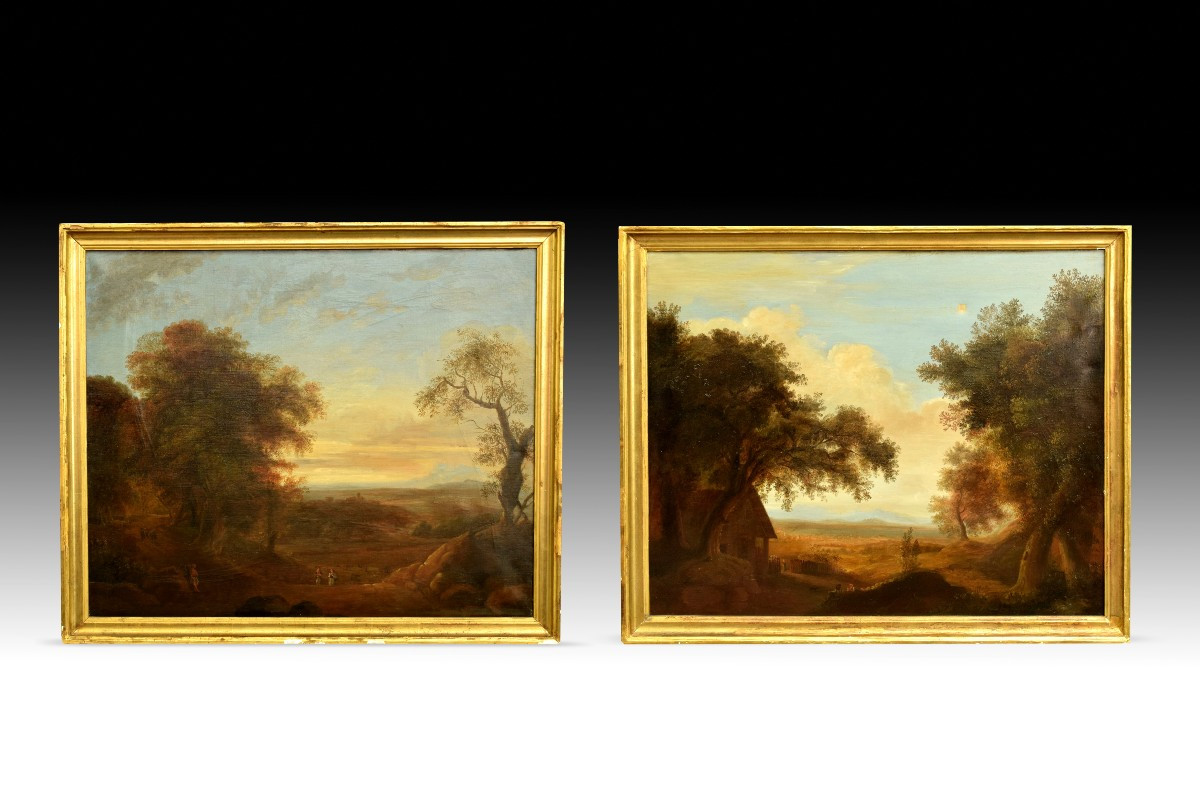


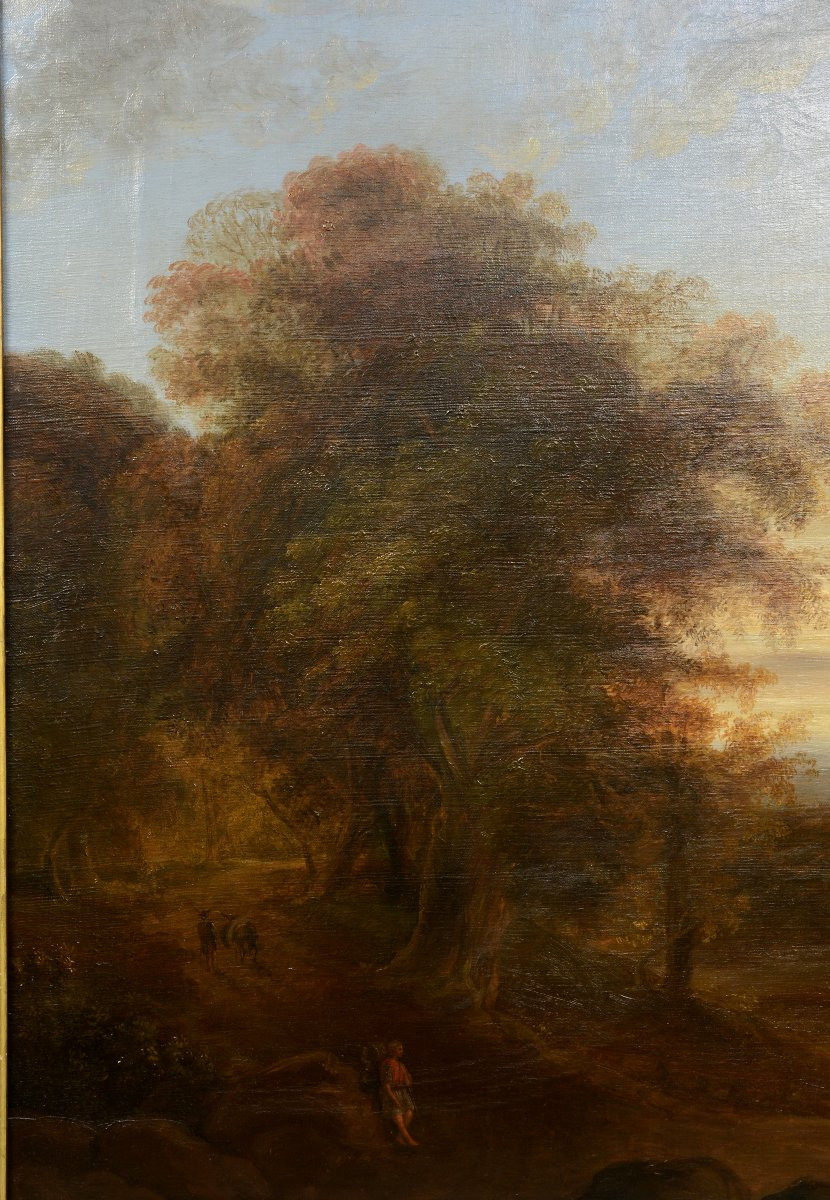
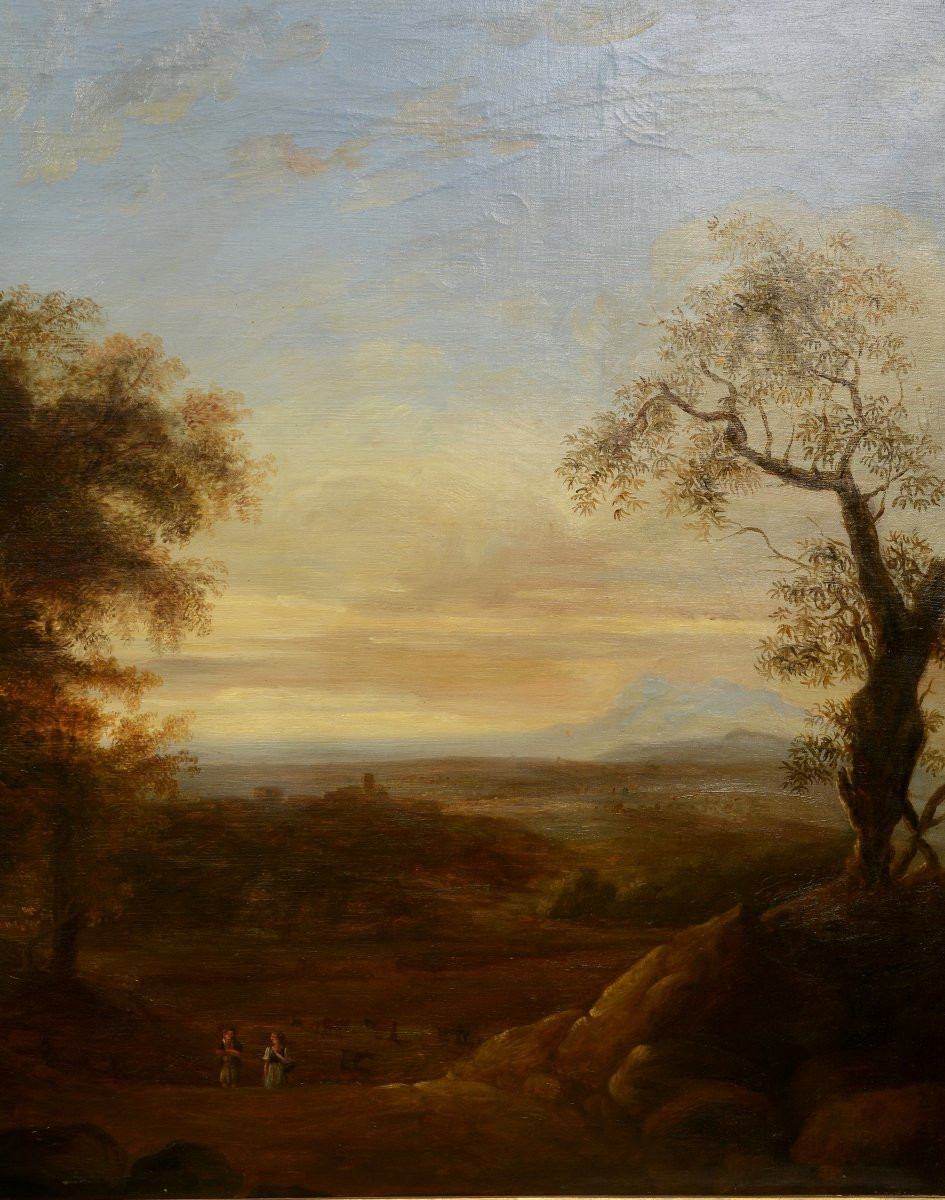




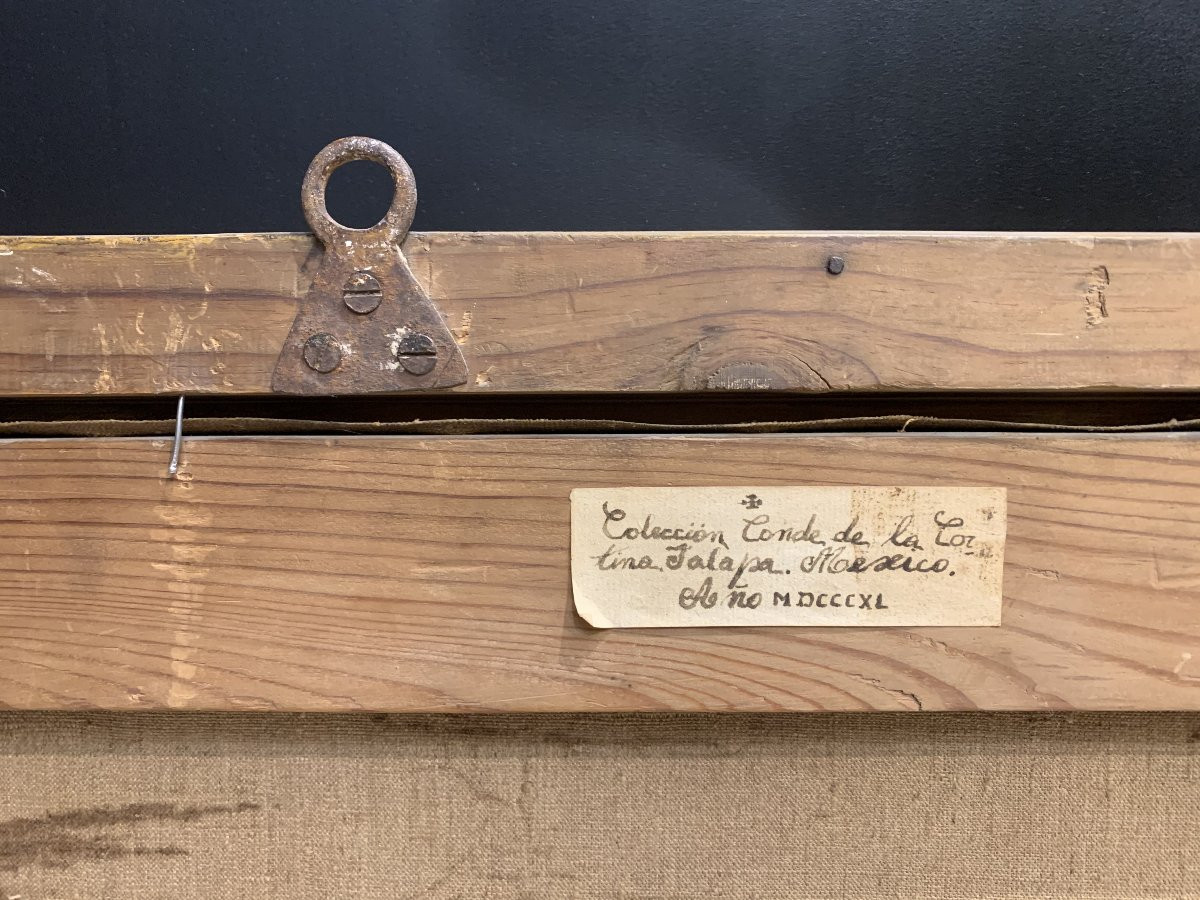




























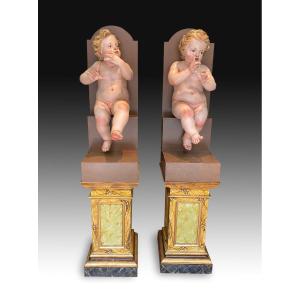
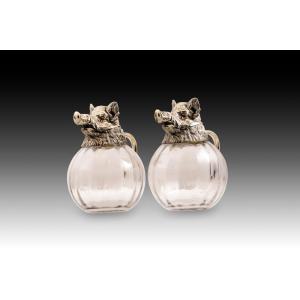








 Le Magazine de PROANTIC
Le Magazine de PROANTIC TRÉSORS Magazine
TRÉSORS Magazine Rivista Artiquariato
Rivista Artiquariato